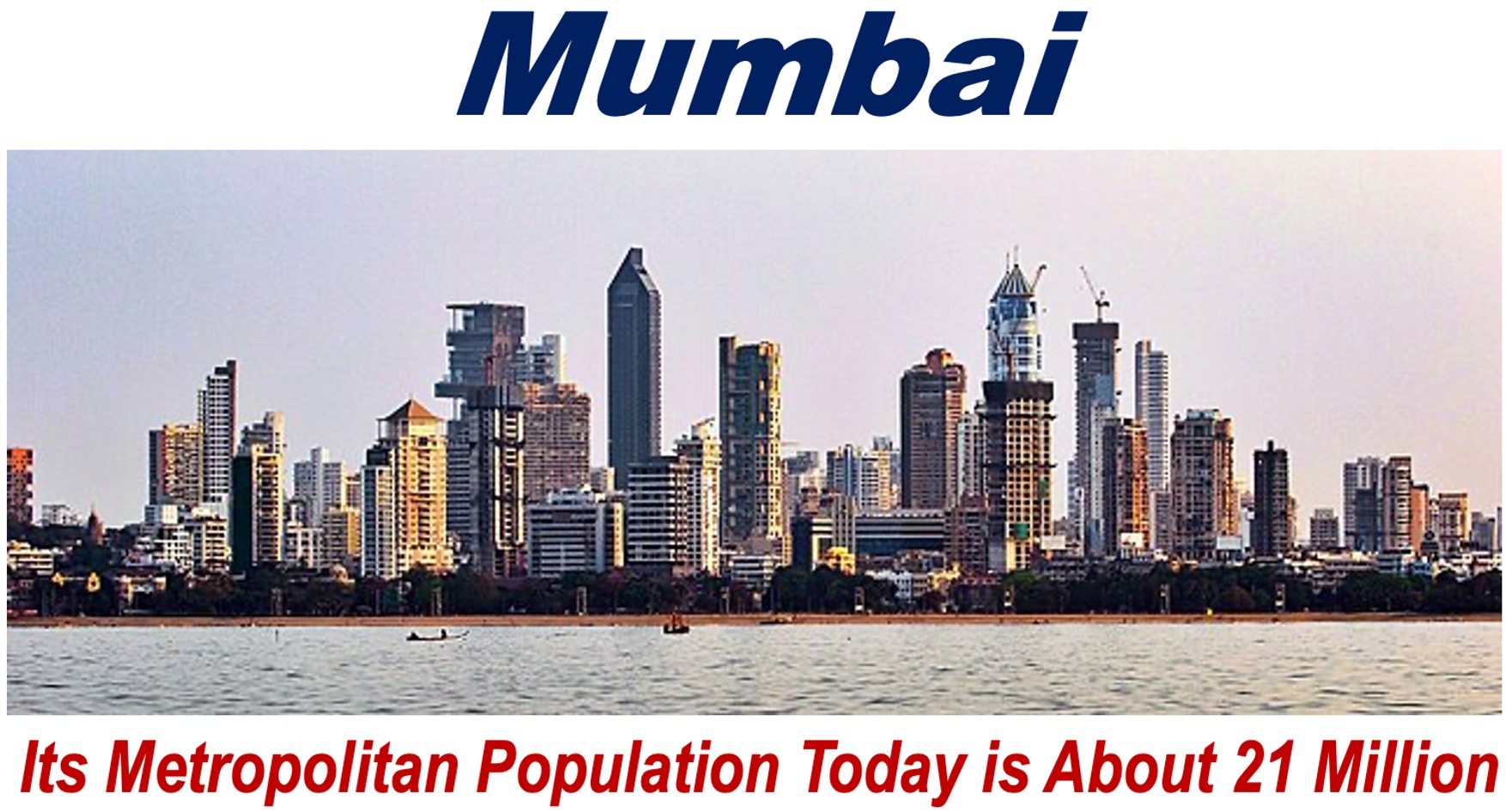India is set to solidify its position as one of the world’s most influential economies, with projections indicating that it will become the third-largest economy by 2030-31.
According to a report by S&P Global, India’s economy is expected to grow at a robust annual rate of 6.7% in the current fiscal year, with a higher growth rate of 8.2% anticipated for the fiscal year 2024.
The country’s rapid economic expansion is being driven by ongoing structural reforms that aim to modernize infrastructure, simplify business transactions, and attract increased private investment.
S&P Global emphasized the importance of these changes, stating, “The structural reforms will be crucial for sustaining India’s growth trajectory and making it more competitive globally.”

Private Investment and Infrastructure Development: Key Drivers
One of the critical factors behind India’s growth story is the balance between public and private investment.
While the Indian government has led infrastructure projects, such as improving logistics and developing its extensive coastline for trade, private investments will be pivotal in the coming years.
According to S&P Global, the Production Linked Incentive (PLI) scheme has already spurred investments in sectors like electronics and pharmaceuticals, with other industries such as solar photovoltaic manufacturing poised to benefit in the near future.
“Private sector investment is essential to sustaining India’s long-term growth,” noted the report. “Corporate balance sheets are healthier than they have been in years, and the PLI scheme is set to drive more investments in emerging sectors” .
Energy Transition and Climate Goals
Another crucial challenge for India as it ascends the economic ladder is balancing its energy security needs with its climate change commitments.
The country’s energy transition is focused on adopting *renewable energy sources and low-emission technologies to ensure sustainability. S&P Global noted that while India’s demand for petroleum products will continue to rise, policies supporting a transition to net-zero emissions by 2070 are essential for long-term sustainability.
* ‘Renewable Energy’ is energy that lasts forever – it never runs out (in a human timescale). examples include solar energy, wind power, hydropower, and geothermal energy.
“India’s growth story is closely tied to its ability to adopt net-zero technologies while maintaining energy affordability and security,” said a representative from S&P Global .
The Role of Technological Innovation
Technological advancements are also expected to play a critical role in India’s economic rise. The country is investing heavily in new technologies such as *artificial intelligence (AI) to boost productivity and innovation across various sectors.
* The term ‘Artificial Intelligence’ refers to software programs that make computers, robots, or smart machines think and behave like human beings.
Experts believe that India’s leadership in digital infrastructure, coupled with public-private partnerships, could make it a global leader in emerging technologies like AI.
“India’s progress in AI and other technologies can drive economic growth, much like its successful digital infrastructure initiatives,” said S&P Global Market Intelligence.

Challenges and Opportunities Ahead
Despite its promising growth trajectory, India faces challenges. To ensure long-term success, it must continue addressing domestic issues such as improving agricultural productivity, expanding infrastructure, and ensuring inclusive growth.
Policies that encourage private sector investment, while balancing public expenditure, will be vital for sustaining the momentum.
India’s growing role in global governance and trade relationships is also seen as pivotal. As the country strengthens its ties with both advanced and emerging economies, it is positioning itself as a bridge power on the global stage.
Some Facts About India
India is a vast and diverse country with a rich history and a rapidly growing economy. Here are some key facts that highlight its importance on the global stage:
- Population: Over 1.4 billion people, making India the most populous country in the world as of 2023.
- Type of Government: Federal parliamentary democratic republic.
- Capital City: New Delhi.
- Current Prime Minister: Narendra Modi (since 2014).
- Nominal GDP: Approximately $3.6 trillion (2023 estimate).
- Nominal GDP Per Capita: Around $2,570 (2023 estimate).
- Total Imports: $714 billion (2022).
- Total Exports: $453 billion (2022).
- Official Languages: Hindi and English, with 22 scheduled languages in total.
- Currency: Indian Rupee (INR).
- Largest Cities: Mumbai, Delhi, Bangalore, Kolkata, and Chennai.
- Land Area: 3.287 million square kilometers, making it the 7th largest country in the world.
- Coastline: Over 7,500 km, facilitating significant maritime trade.
- Main Industries: Information technology, pharmaceuticals, agriculture, textiles, and automotive.
- Key Exports: Textiles, precious stones, petroleum products, pharmaceuticals, and technology services.
- Key Imports: Crude oil, gold, electronics, and machinery.
- International Affiliations: India is a founding member of the United Nations, World Trade Organization (WTO), and the BRICS group.
Final Thoughts
In conclusion, India’s economic future appears bright, with strong growth prospects, expanding private investment, and ongoing reforms. However, achieving this potential will require careful navigation of domestic and global challenges.
The world is watching as India progresses toward becoming a global economic leader.
